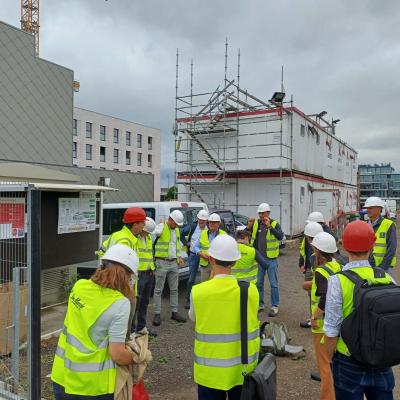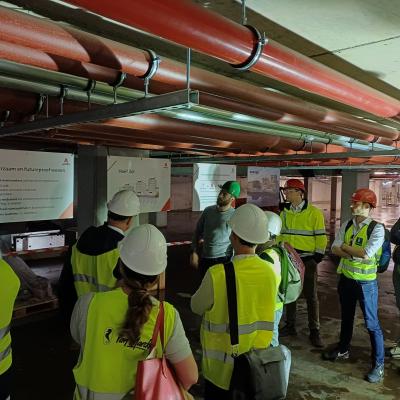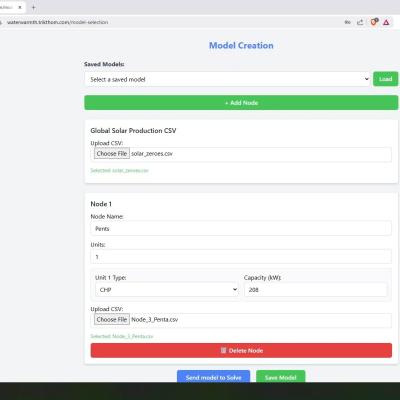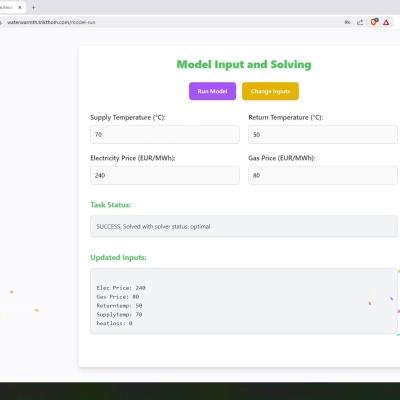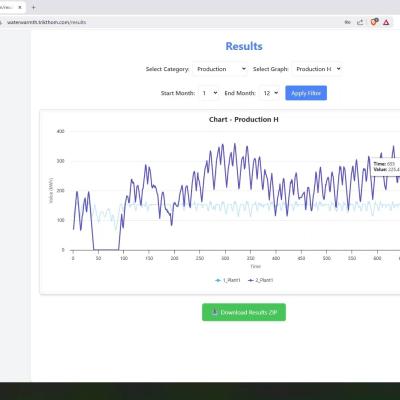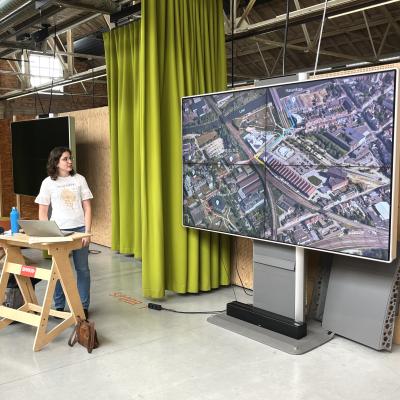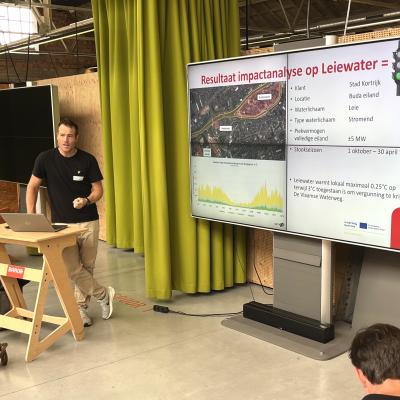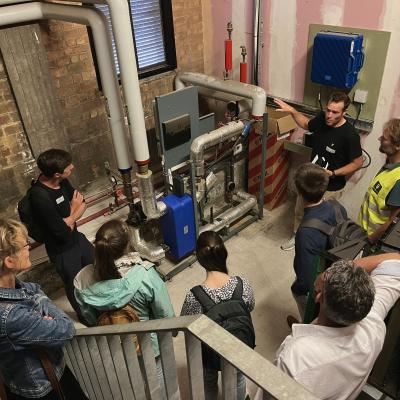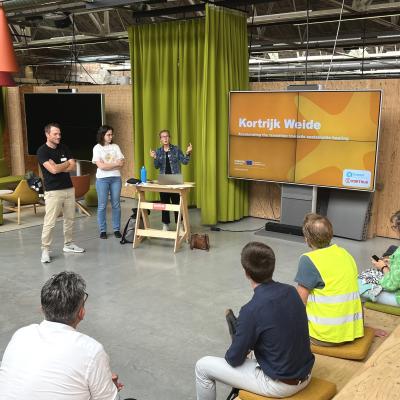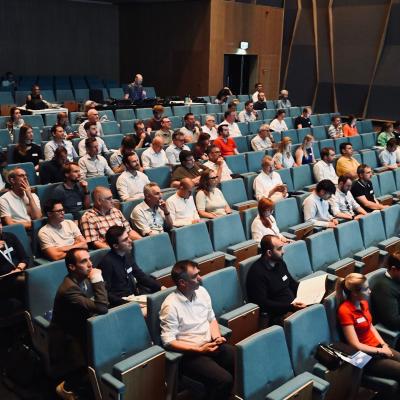Last week Kortrijk was the host of the Study day "Heat Pumps in Heating Networks".
The event was built around the latest developments in implementing heat pumps in large and smaller district heating systems. Interestingly enough, different opportunities for temperature regimes of the heat nets were discussed. The projects focusing on new-built districts presented the breakthroughs in 5th generation low-temperature heating systems. On the other hand, the experts from Luminus Gent uncovered the potential to use heat pumps to provide up to 95°C of supply temperature for heating older communal and healthcare sites.
Aquathermal energy was the center of attention in the morning sessions. Expert speakers from all over Belgium and the Netherlands presented their projects. Some focused on drinking water, some on wastewater, some on surface water, but all of these projects highlighted the role of water bodies as a source for collective renewable heating. Such water sources have been overlooked until recently but the possibilities of heat recovery from fresh and spent water are becoming more advanced.
Kenneth and Ruben from the City of Kortrijk gave an inspiring keynote speech underlining the successes and hurdles when planning a large low-carbon heating solution for a whole district. Additionally, City of Kortrijk, together with counterparts from other regions of Belgium and the Netherlands, discussed the importance of establishing energy communities. These structures require extensive legislative shifts and governmental support, empowering citizens, and making the shift from individual thinking to collective effort. One of the hindrances of the emergence of energy communities is also individuals being more reserved as it would be their responsibility as prosumers to ensure the efficient and cost-effective operation of the community. The emergence of more ESCOs responsible for the stable operation of (heat) grids represents a step closer to the expansion of energy sharing, heat nets availability, and organized communal vision.
In the afternoon the participants had the opportunity to see practical examples of operational and newly-built heat nets. One group visited the pilot site Havenkaai where central heating is supplied via a borehole thermal energy storage (BTES), which is enhanced through an aquathermal energy (AE) installation. The AE uses the river Leie as a source of heating and cooling.
In the meantime, a second group visited Kortrijk Weide where the WaterWarmth project was introduced in more detail. The large implementation, combining Kortrijk Weide, Buda Eiland, and pilot site Havenkaai was discussed. Monika from Howest Energy lab presented the modeling optimization tool of district heating networks, which Howest has built to support the initial evaluation of future heat nets. To finish off the study day, the group visited one of the technical rooms on Kortrijk Weide where the physical connection between the buildings is housed.
One of the important conclusions of the day was that Aquathermal energy is not a single solution. Being still a relatively novel heating and cooling solution, it requires careful planning and clever integration with other production assets like ground source heat pumps or back-up e-boilers. The role of thermal energy buffering must not be overlooked either. To ensure the smooth continuous operation of the heat pumps, to prevent unnecessary modulation, and avoid high peak heating demand, the introduction of water buffer tanks is vital.

